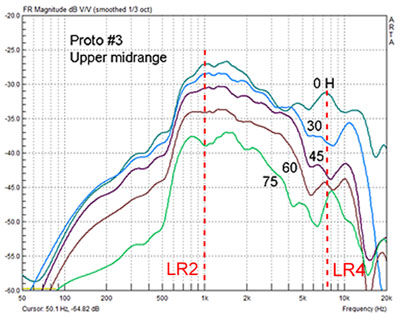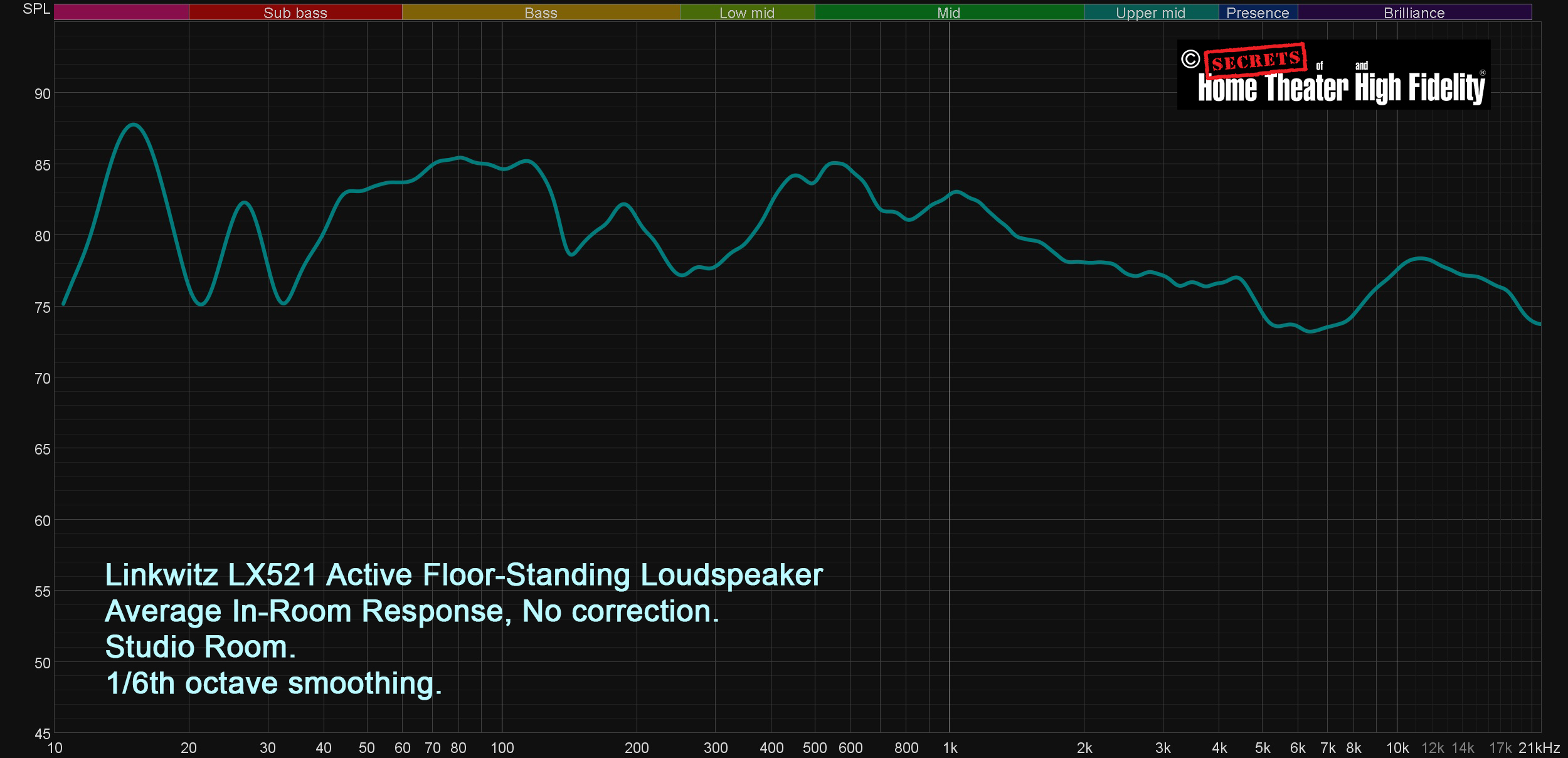Since had been meaning to do anyway, I approximated the potential leaking due to some holes in the cabinet using my Purifi SPK4s. The results are posted
here.
The results demonstrate that there would likely be a shift in the box tuning and some potential impact to the bass performance. How much depends on the particular design so would need to model for the Tekton. Or, as he has claimed his prowess, the designer should be able to readily sim and illustrate for us. In any case, lacking a baseline from Tekton, Amir would not have been able detect via his testing...
However, it also had been alleged that the leaks would be audible due to the velocity of the air through them. I thought this was another very dubious claim. In my experiment with a powerful woofer in a much smaller cabinet (my SPK4), I was unable to produce any noticeable whistling or chuffing with bass heavy music.
Based on this, am very confident Amir (or Erin) would not have experienced any audible anomaly that would have allowed them the detect the leaks. For that matter, any leak is barely perceptible by covering the hole with your fingertip.





